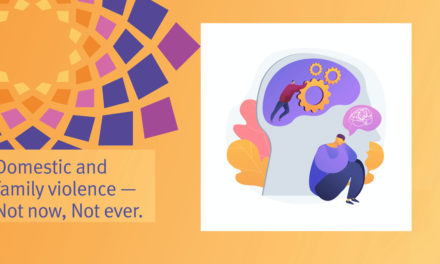Local woman emphasizes the importance of understanding when it comes to chronic disease
Tess Gibney
When then 26 year-old Warringah local Molly McHugh returned from an overseas work trip completely exhausted, she brushed it off as the natural result of a busy, stressful week.
However, after over a week of feeling lethargic, and having developed a strange tingling sensation that spread up the right side of her body into her fingertips, Molly decided it was time to pay her GP one of her characteristically infrequent visits.
“I went to the doctor, and she thought maybe I had pinched a nerve,” explains Molly. “I was sent to a physiotherapist and had six weeks of therapy before Christmas.”
Just before she was due to go away with friends for New Years Eve, Molly began experiencing paralysing full-body fits. “Basically,” she says, “I’d just fall down on the ground for 3 minutes and my body would clench really, really tight.”
Returning to her doctor on the advice of a friend, Molly underwent a round of MRI scans before being delivered the devastating diagnosis of progressive Multiple Sclerosis. For a young, seemingly healthy woman in the prime of her life, the news was understandably terrifying and isolating.
Affecting around 2.5 million people worldwide, Multiple Sclerosis is a debilitating inflammatory disease that virulently attacks insulating nerve cells in the brain and spinal chord. There is no known cause and no cure, and symptoms are both non-specific and extensive. Ranging in levels of severity, the disease is often characterised by periods of remission, whereby those diagnosed experience a reduction or total absence of symptoms.
11 years after her initial diagnosis, Molly McHugh is happily married with a three-year old son, Oliver. Though her illness is ever-present – she experiences varied, equally impairing symptoms – it is not readily apparent to those who don’t know her well. Some might even go as far as to say it is totally invisible.
“Even at work, a lot of people don’t know,” she says. “I would tell some people I’m comfortable with, but a lot of people I don’t tell.”
“When I have told people, many have been surprised. I’m also sure many people have seen me limp and have wondered, but they don’t know – I might just have a bad leg. It’s definitely [outwardly] invisible.”
Sitting on the board of MyInvisibleLife – a not-for-profit, collaborative social enterprise blog that promotes awareness of chronic illness through the advent of online story telling – has been pivotal in helping to connect Molly with others going through a similar thing.
“I’ve read a lot of people’s stories, and it’s been interesting for me to hear about how others’ illnesses have affected their lives. You can get a bit self-absorbed and entrenched in what is going on for you… but now we’ve built this community where I can, you know, share woes, thoughts, positive feelings and whatever with.”
Inspired by a friendship between two women from Sydney living with chronic illness – one with Motor Neurone Disease and the other Multiple Sclerosis – MyInvisibleLife invites a diverse community of people to share stories of what it is like to either live with a chronic illness, or be close to someone who lives with a chronic illness.
Additionally, the blog works in collaboration with Invisible Illness Awareness week (8th – 14th September), a new initiative to Australia that aims to get people to start having “community conversations about illness that is not obvious to the everyday person.”
Working as a part-time marketing manager in North Sydney, Molly is in a better mental place than she was in the years immediately following her diagnosis and after the birth of her son. For her, the most important part of both Invisible Illness Awareness week and the blog is its focus on helping the wider society to understand that most people are living, day-to-day, with some challenges – whether they are apparent or not.
“I compare the campaign to the campaign of mother’s in the workplace. They don’t want to be unfairly treated just because they’re a mum, but at the same time they would like flexible work practices to allow them to work.”
“It’s the same as someone with a chronic illness. Flexible work places could help them incorporate their treatment, but still allow them to keep their job. At the end of the day,” she says, “people living with these kinds of conditions are just that: people, and this illness is part of their life, not their whole life.”
To find out more about MyInvisibleLife and Invisible Illness Awareness week, or to get involved, visit: www.myinvisiblelife.net












